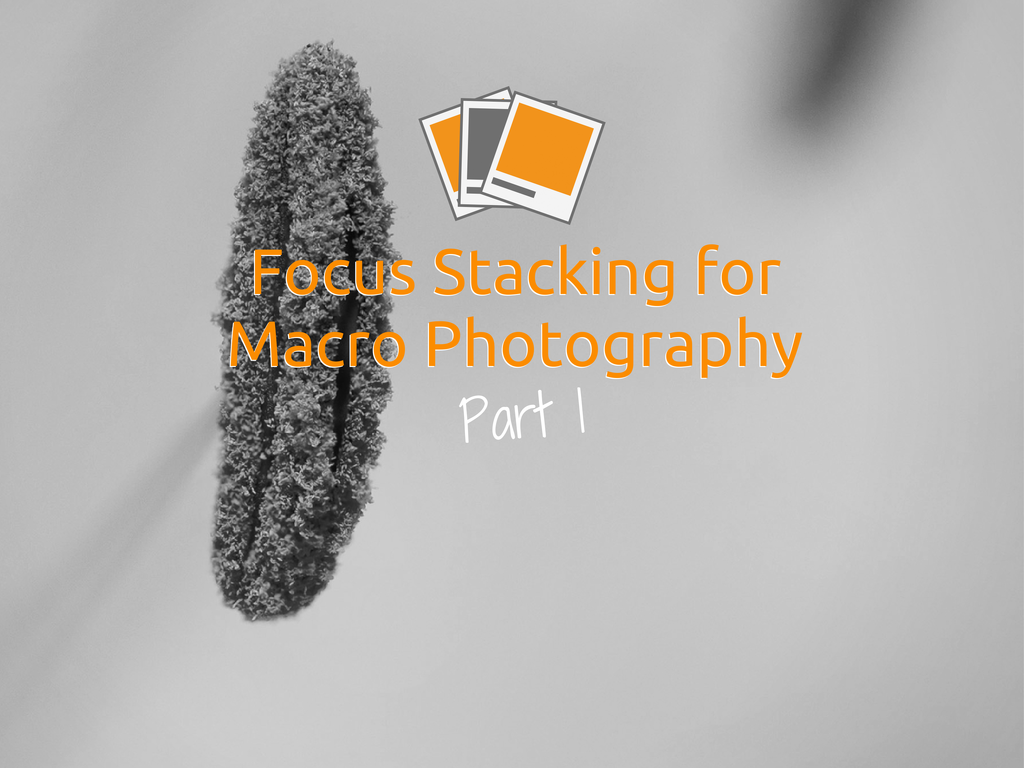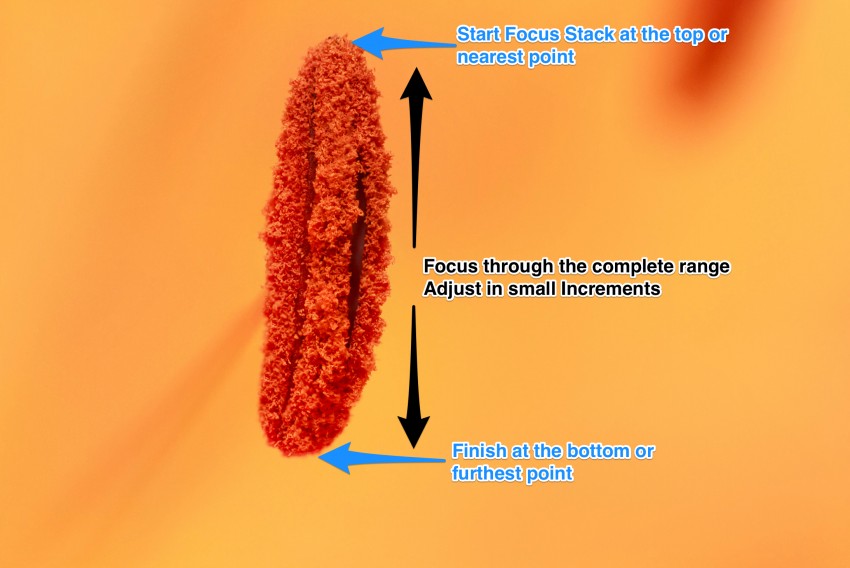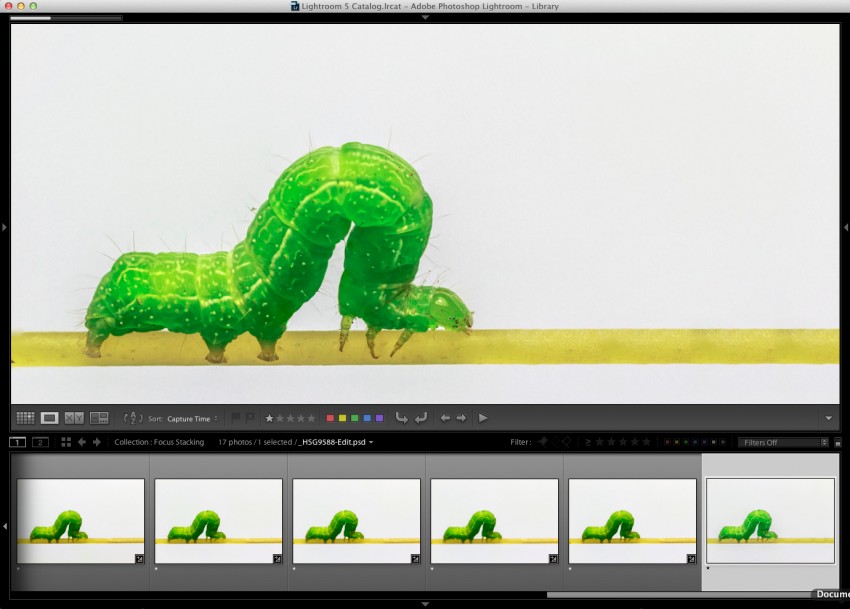Focus Stacking is a technique where you can combine various images where your subject is not in it entirety, completely in focus in one single image but by combining a series of images where different parts of the subject are in focus you can get the complete subject in focus. Very commonly this technique is used in Macro or Close Up photography where depth-of-field (DOF) is very shallow.
Now you might be wondering well if you shoot at F16 or F22 or whatever maximum Aperture your lens can support can’t you get the complete subject in focus?
And you are probably correct because the DOF will increase as the Aperture (F number) is increased. However there is a drawback of this method. The problem is then your exposure time will increase considerably as high Aperture means less amount of light is going through the lens. Also, the second challenge you’d face is that the subject and the background both may be in focus. This may not be desired or desirable.
Think of all the Jewellery and Watch advertisements in magazines and brochures, they all only show the item they are selling and everything else is usually out of focus or dark background. Most of those images are also shot using Focus Stacking technique. And you shoot mostly at an aperture like F2.8 or F4 to ensure that background remains out of focus.
This technique is also sometimes used in Landscapes to ensure you get the entire scene in focus from foreground to middle-ground to background. But that’s for another post, another time.
Getting Started
To get started with focus stacking, you need to be shooting a still subject such as jewellery, watch, flower etc. and you’d need to setup on a tripod as you are taking multiple images. That’s basically the fundamental equipment apart from the obvious, camera, lens and memory card.
Planning your Focus Stack
To ensure that your focus covers the entire subject you best option is to shoot in Manual Focus mode or use Live View in your camera to shoot your images. You can also combine the two and use Live View to ensure you have focused the area you wanted.
Start from the most nearest part of the subject to your lens, take a shot > adjust your focus moving further away > take another shot and basically repeat these steps until you have the entire subject in focus in all your series of images. You will probably take anywhere from 6 images to 20+ images depending upon the subject of choice.
This technique is not something that is easy and you need to practice until you get good at it. You know what they say “Practice makes perfect!!” and its true. So early on take TWO series of shots of the same subject until you get good at it, because there is nothing worse then loading your images in Photoshop and finding out that part of it is out of focus. Its happened to me many times.
Watch the image sequence below (full screen works best) of my focus stack for the above image.
You may notice that the exposure changes between some of the frames but that’s not a problem, Photoshop will take care of this for us in the next step.
Here is another example where a sequence of five individual images resulted in the final image which you see below (large). In this case I had to make sure if i cover the sequence from left to right, I make sure that I had covered the depth or breadth of the caterpillar’s body.
In the next part of this tutorial, we’ll cover the Post-Processing side of Focus Stacking in Macro Photography.








Trackbacks/Pingbacks